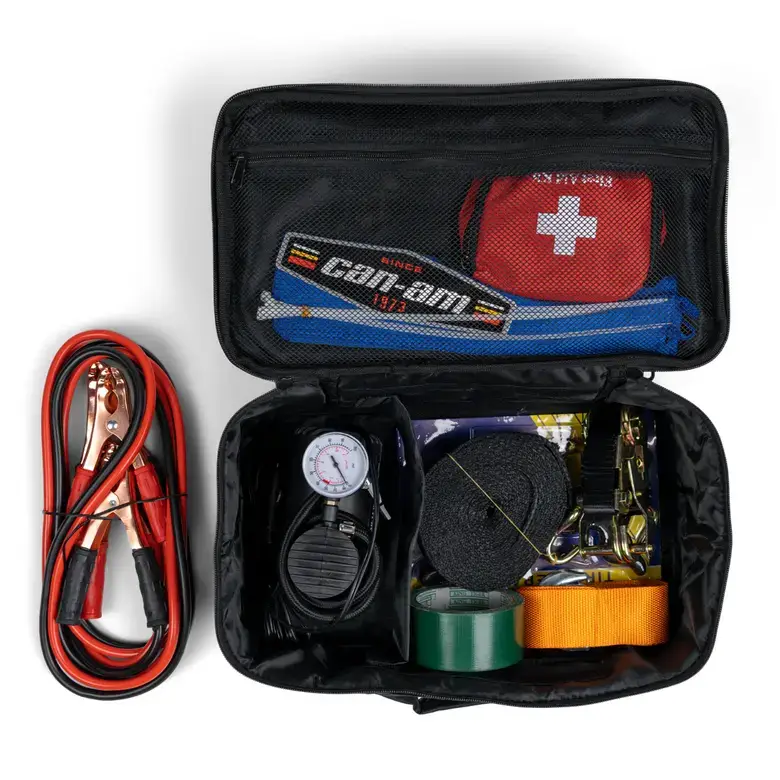✅ SECTION 6: Emergency Preparedness
No one expects to get stuck, lost, or injured—but it happens. Being prepared for an emergency isn’t about paranoia—it’s about being smart. Before heading out, make sure you have the right gear for self-recovery. A winch or tow strap can save you hours of walking or the cost of a tow if your vehicle breaks down in the backcountry. Know how to use them, and practice ahead of time so you’re not learning under pressure.
Your toolkit should include basic tools for tightening bolts, fixing flats, and checking fluids. Tire plugs, air compressors, spare belts, and jumper cables can all be game-changers. For communication, consider a radio or a satellite messenger if you’re out of cell range. Even a loud whistle or signal mirror can attract attention if you’re stranded.

Medical situations also require readiness. Your first aid kit should be tailored to the trail: include antiseptic, gauze, medical tape, tweezers, and treatment for burns, bites, or sprains. Learn how to handle dehydration, hypothermia, and minor wounds, and take a basic wilderness first aid class if possible.
If you get lost or stranded, stay calm. Unless you’re in immediate danger, it’s often safer to stay in place and make yourself visible than to try to hike out. Use flashlights, signal fires, or even your vehicle’s horn to draw attention.
Store emergency contact info in your vehicle or helmet, and ride with a buddy who knows basic response protocols. Remember—adventure is only fun if it ends well. A little preparation goes a long way.

